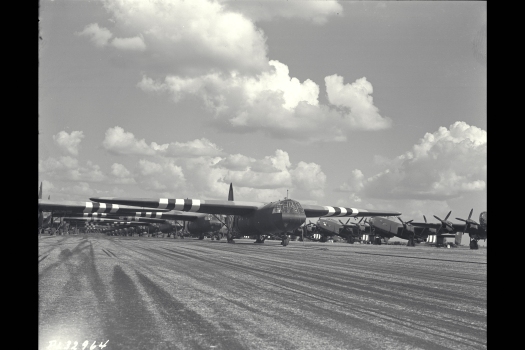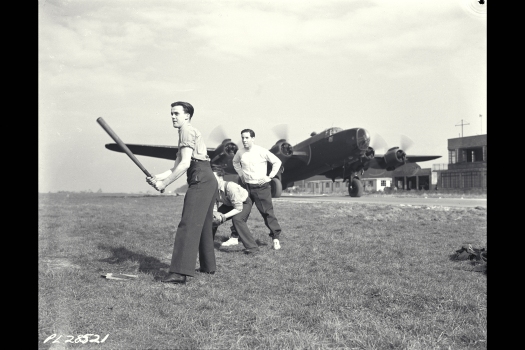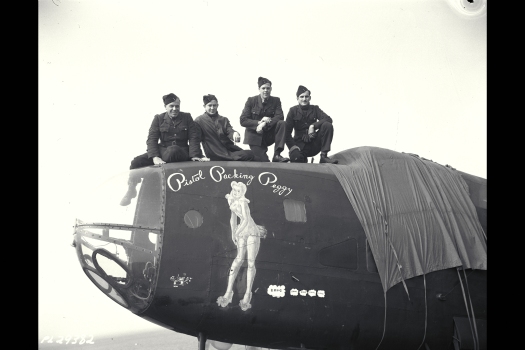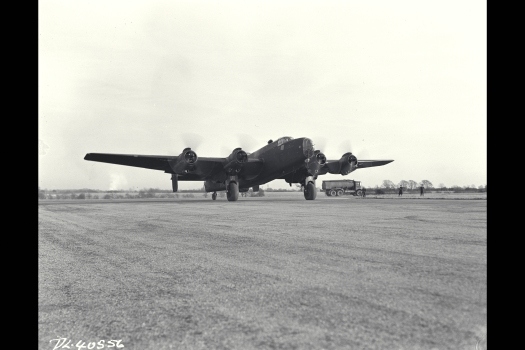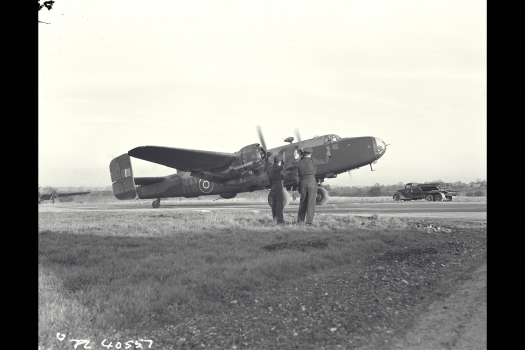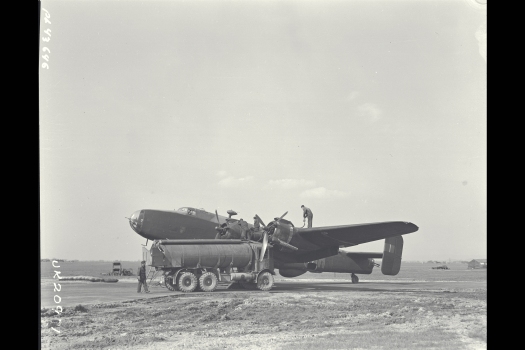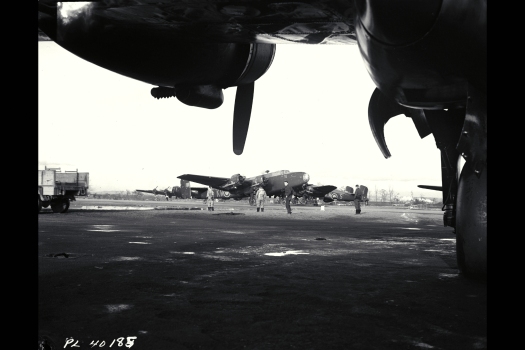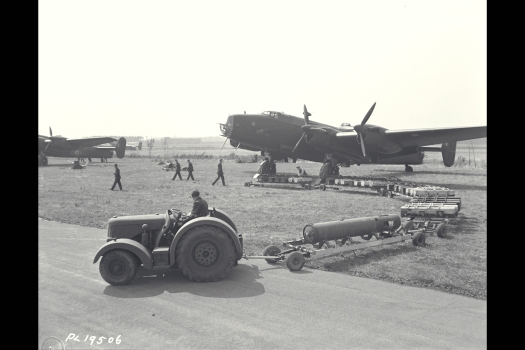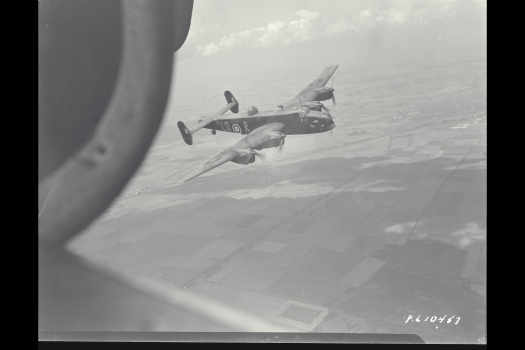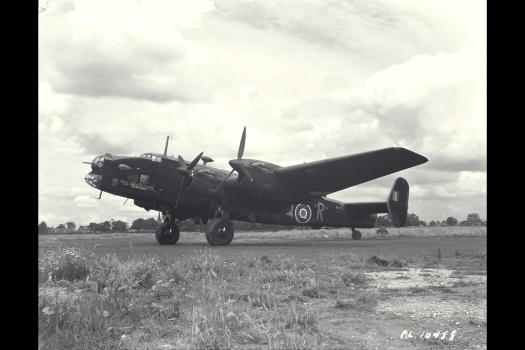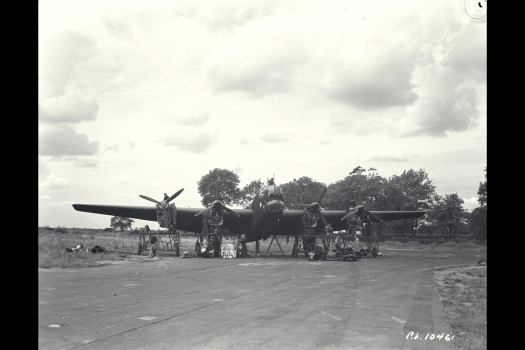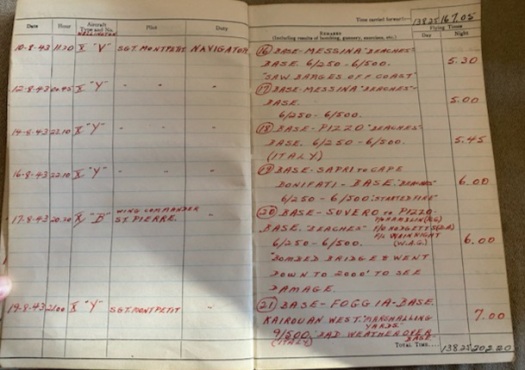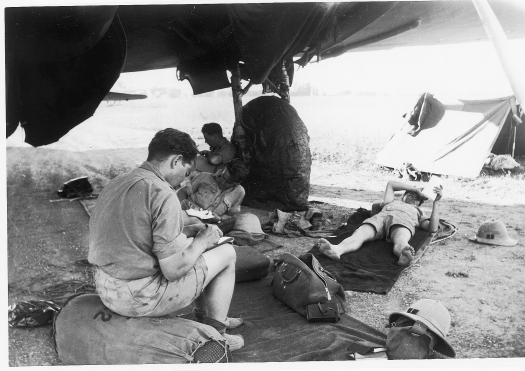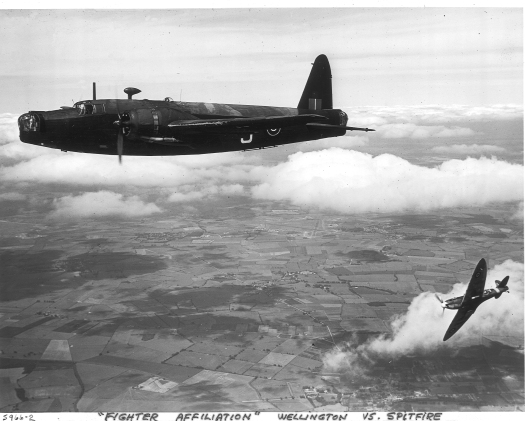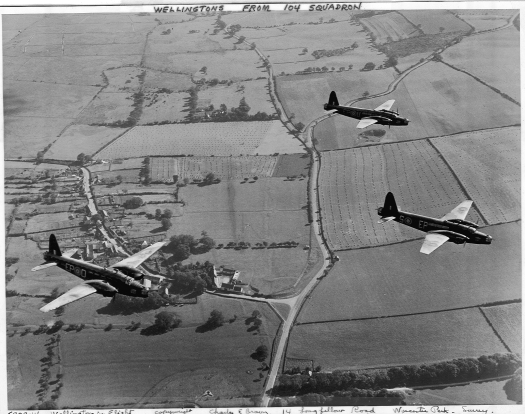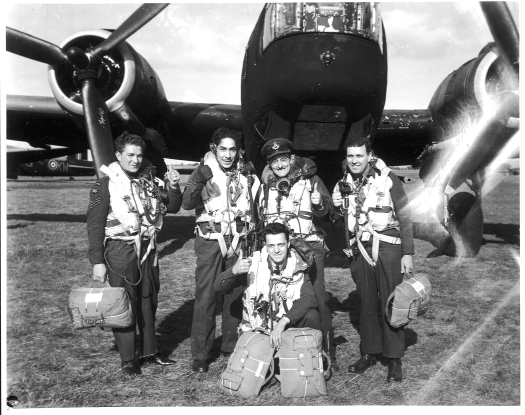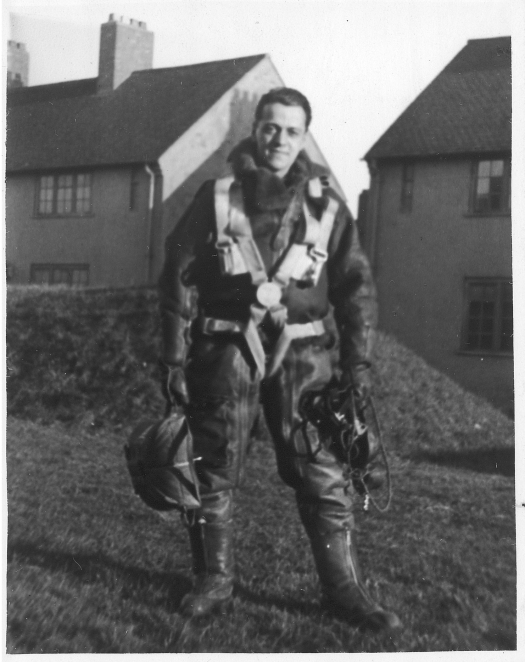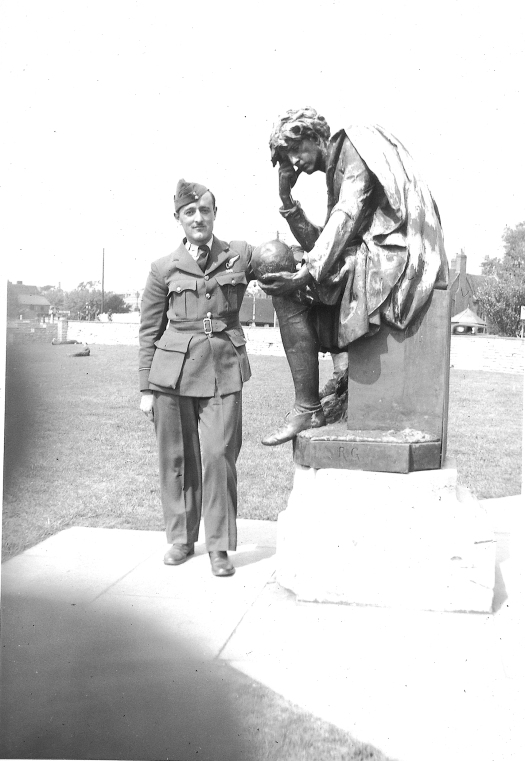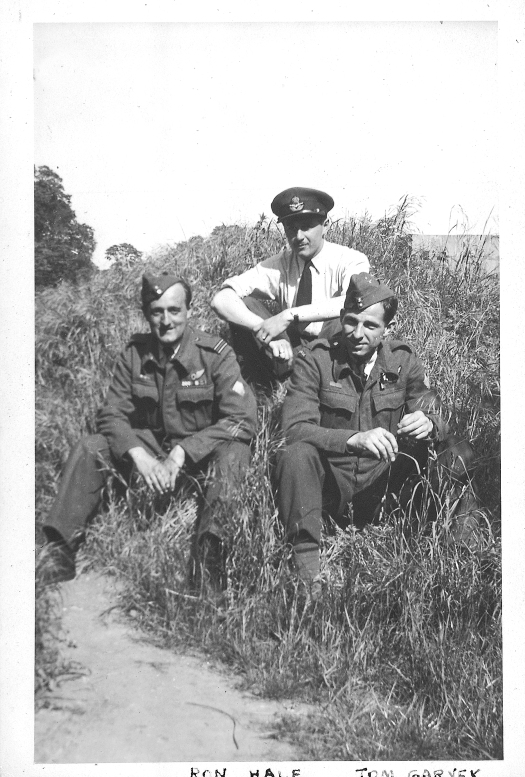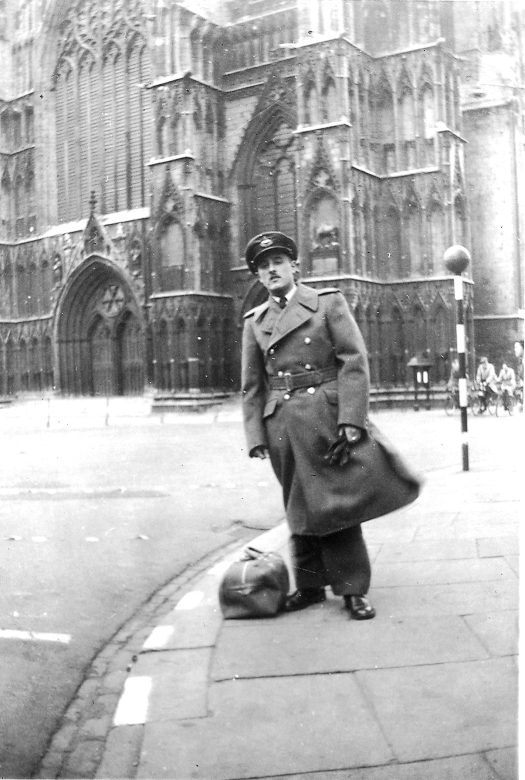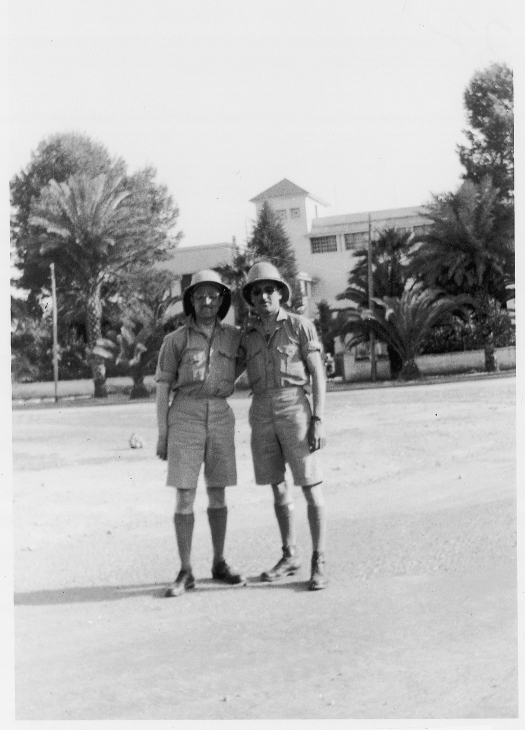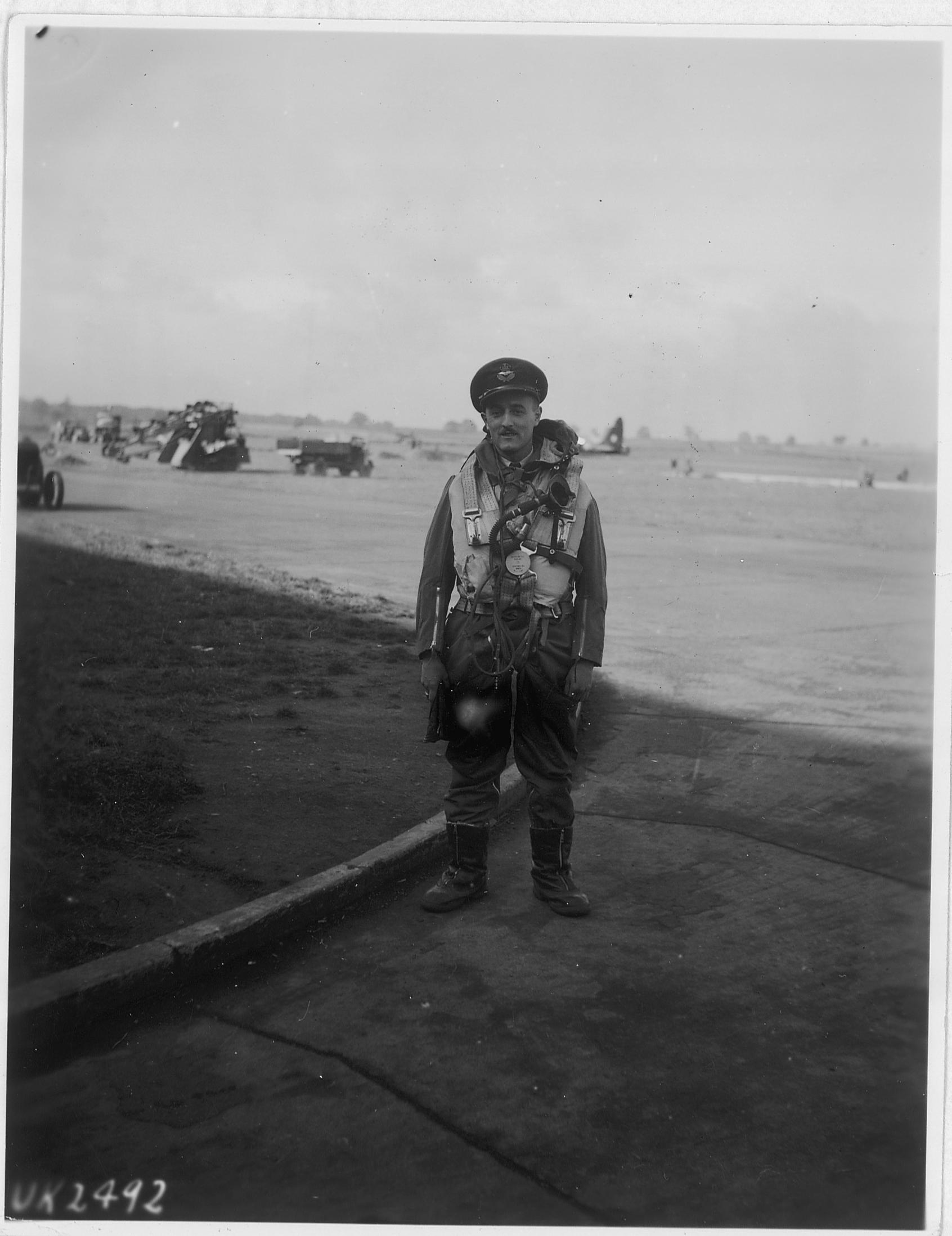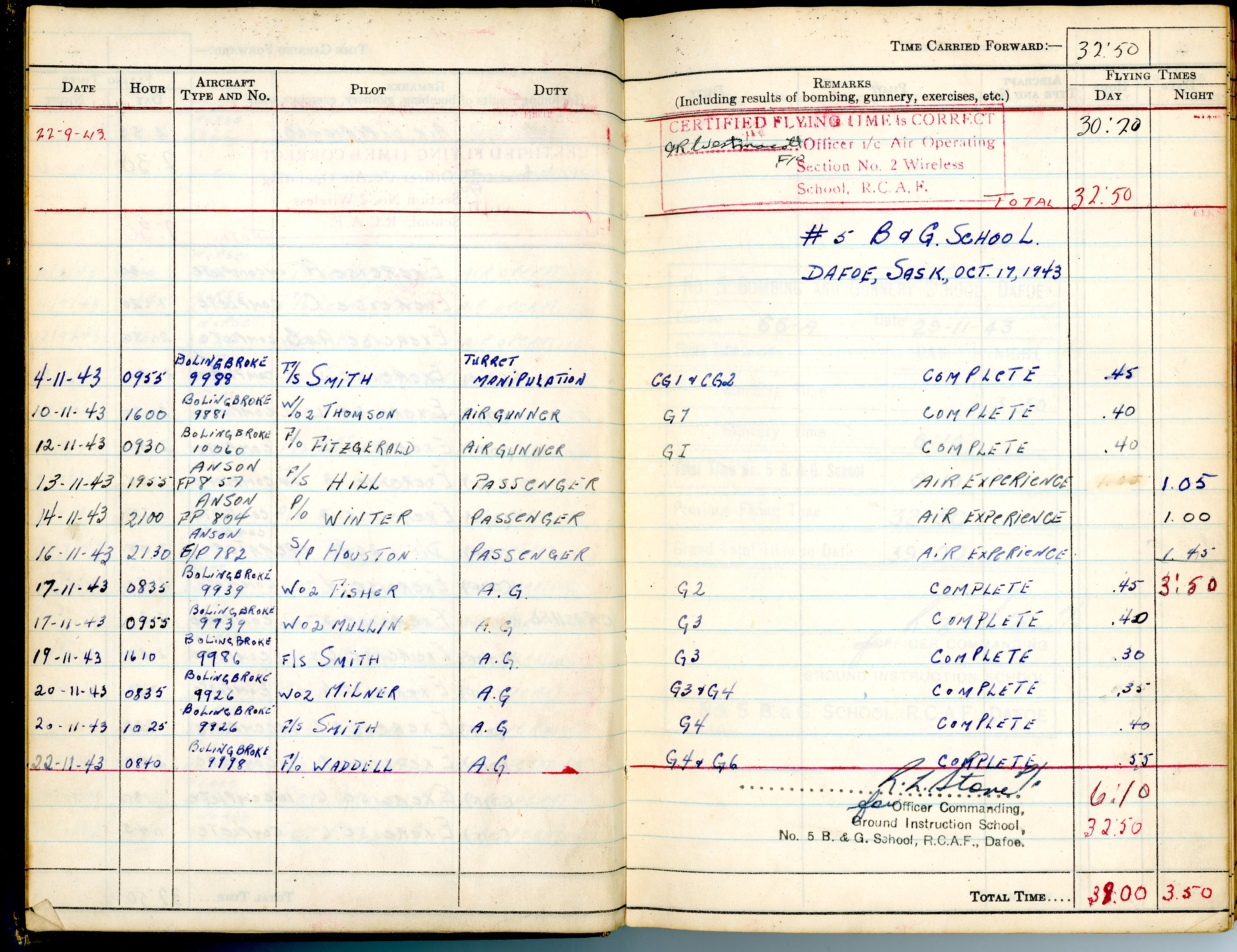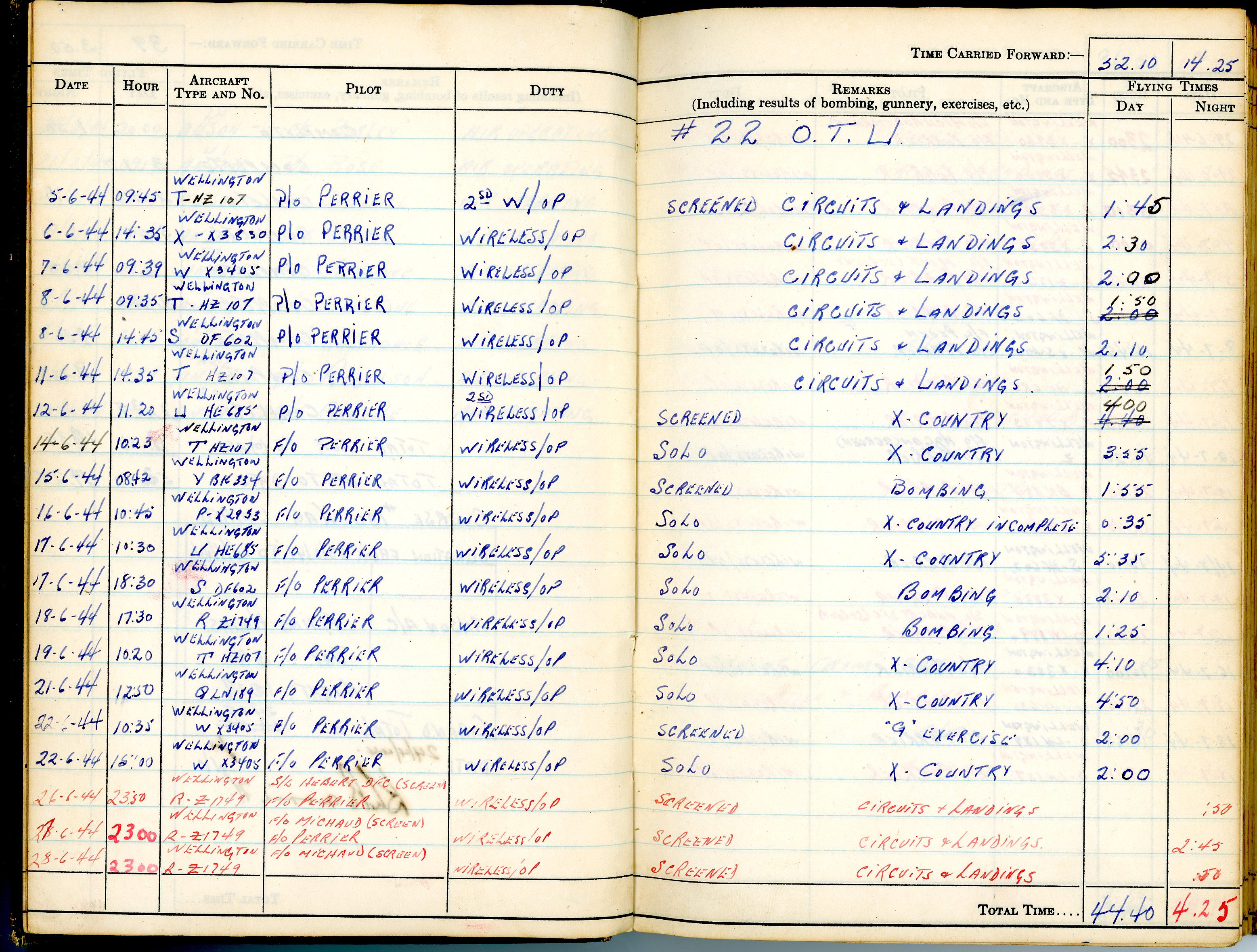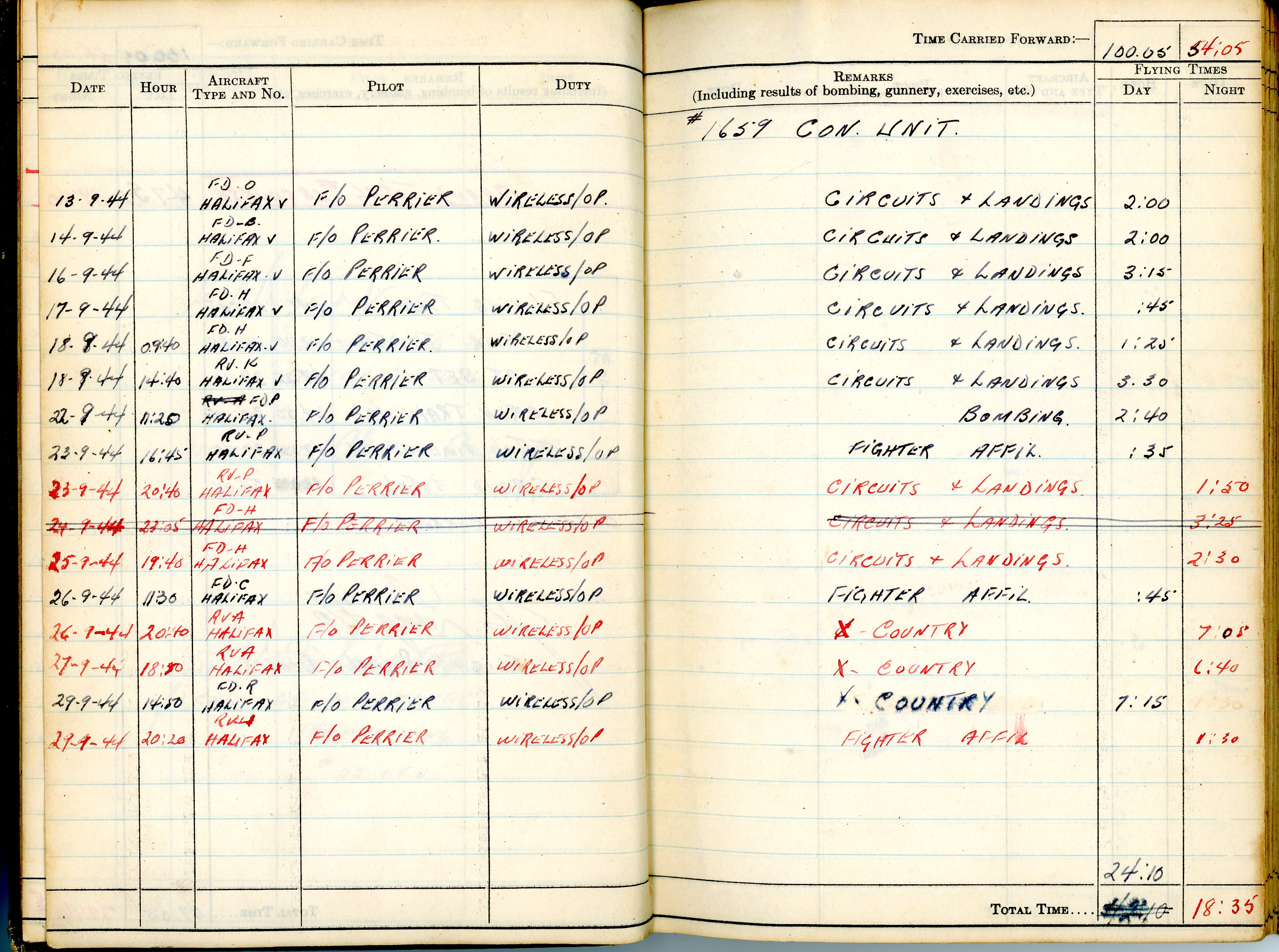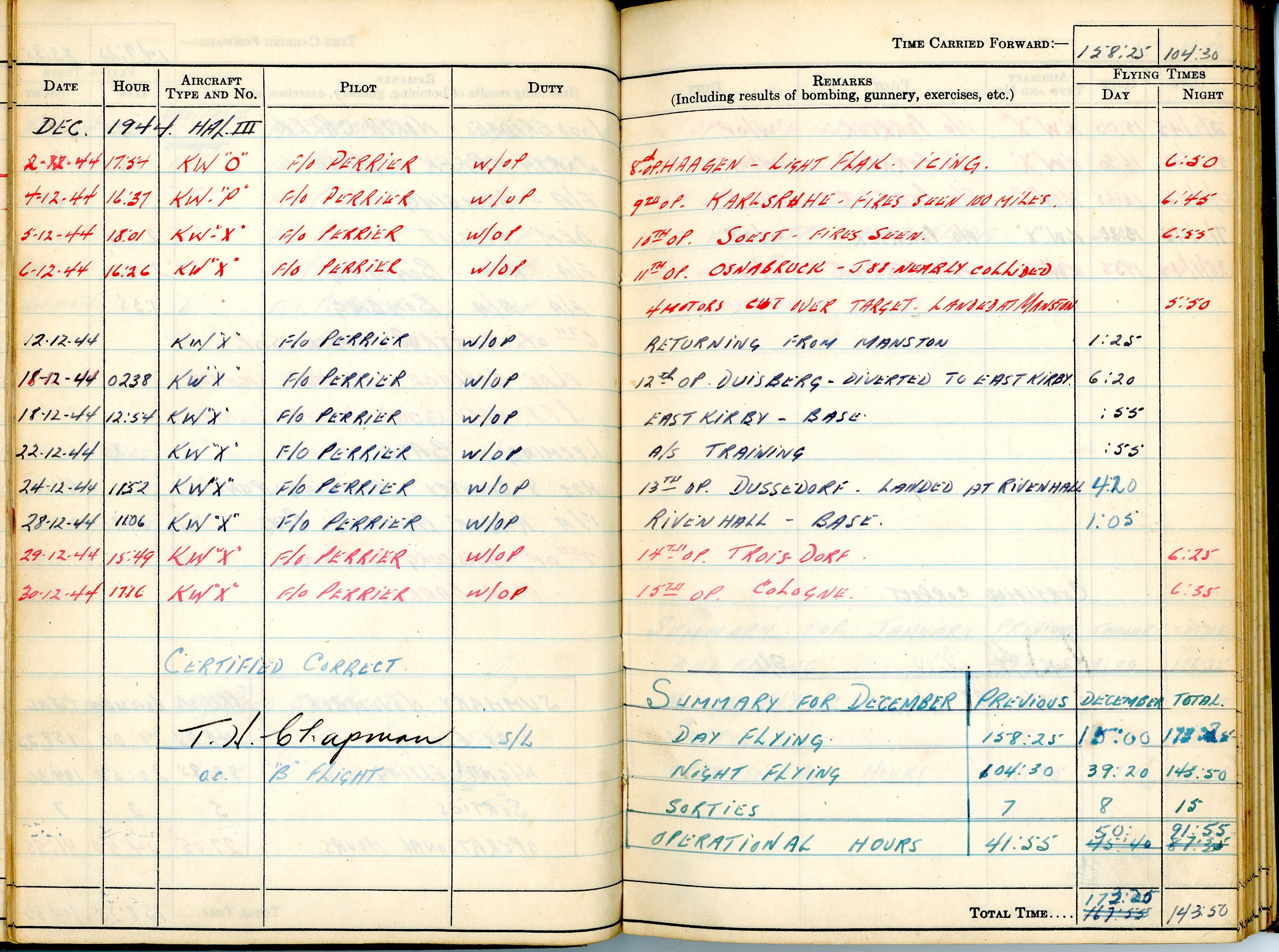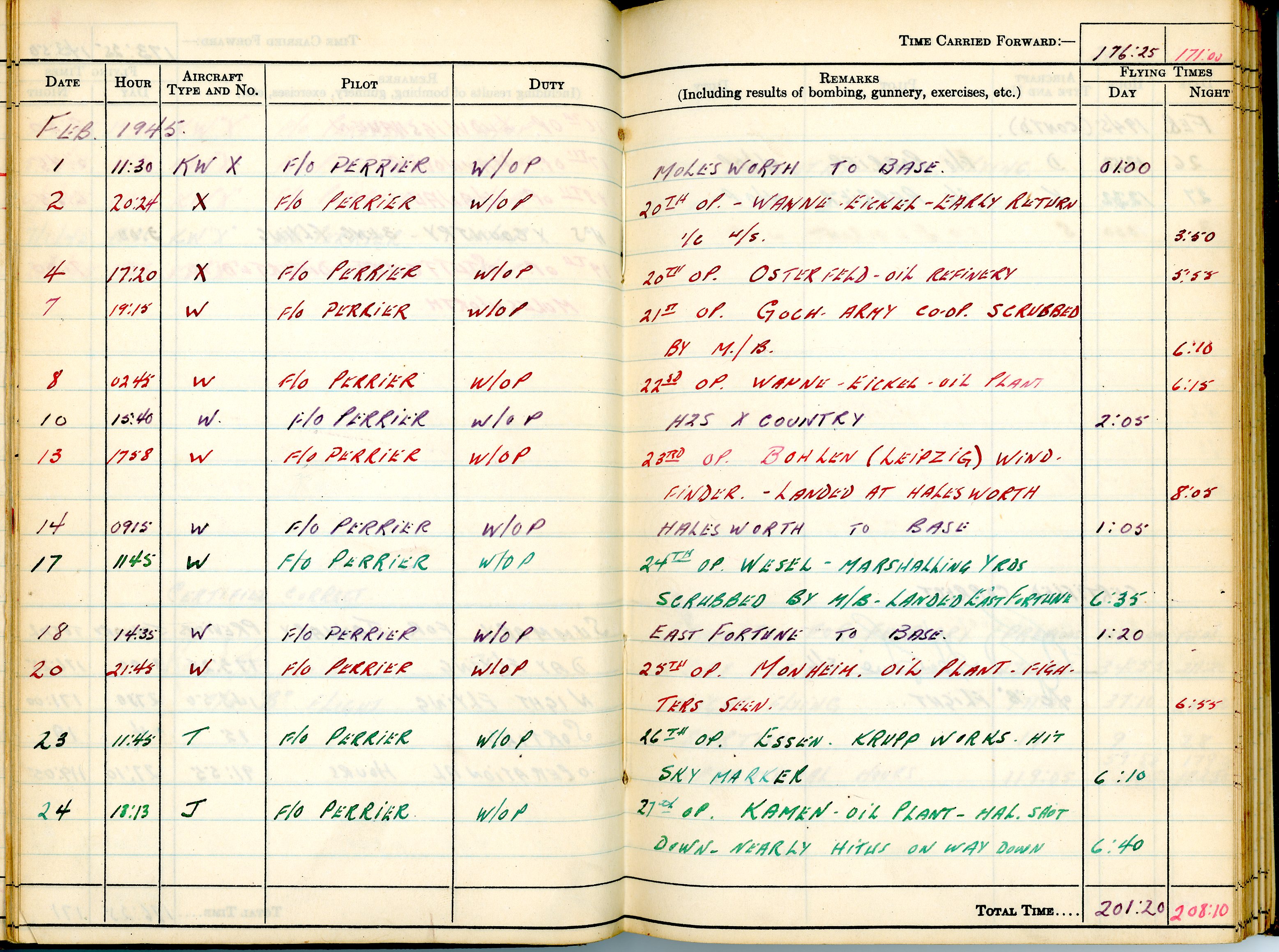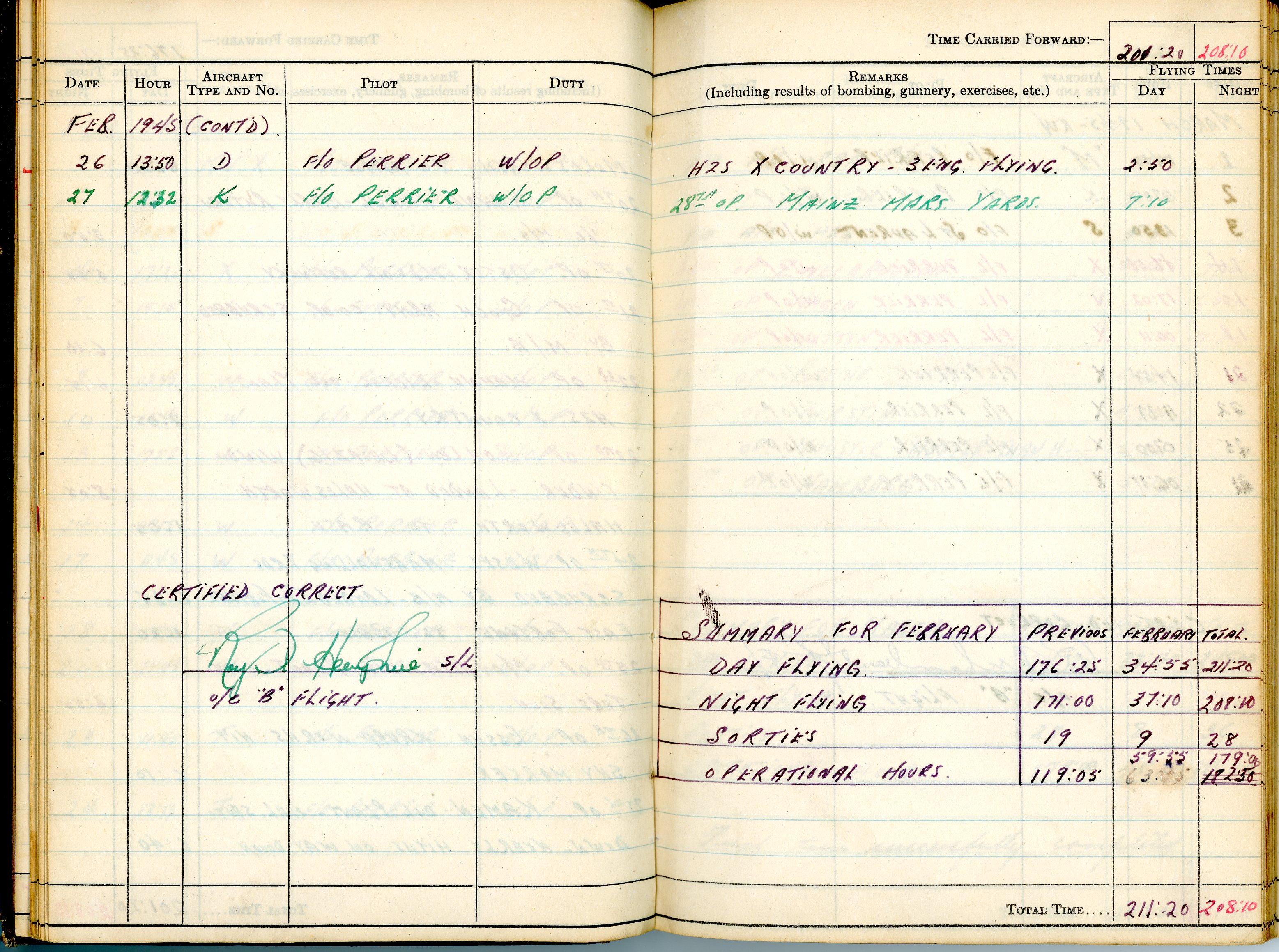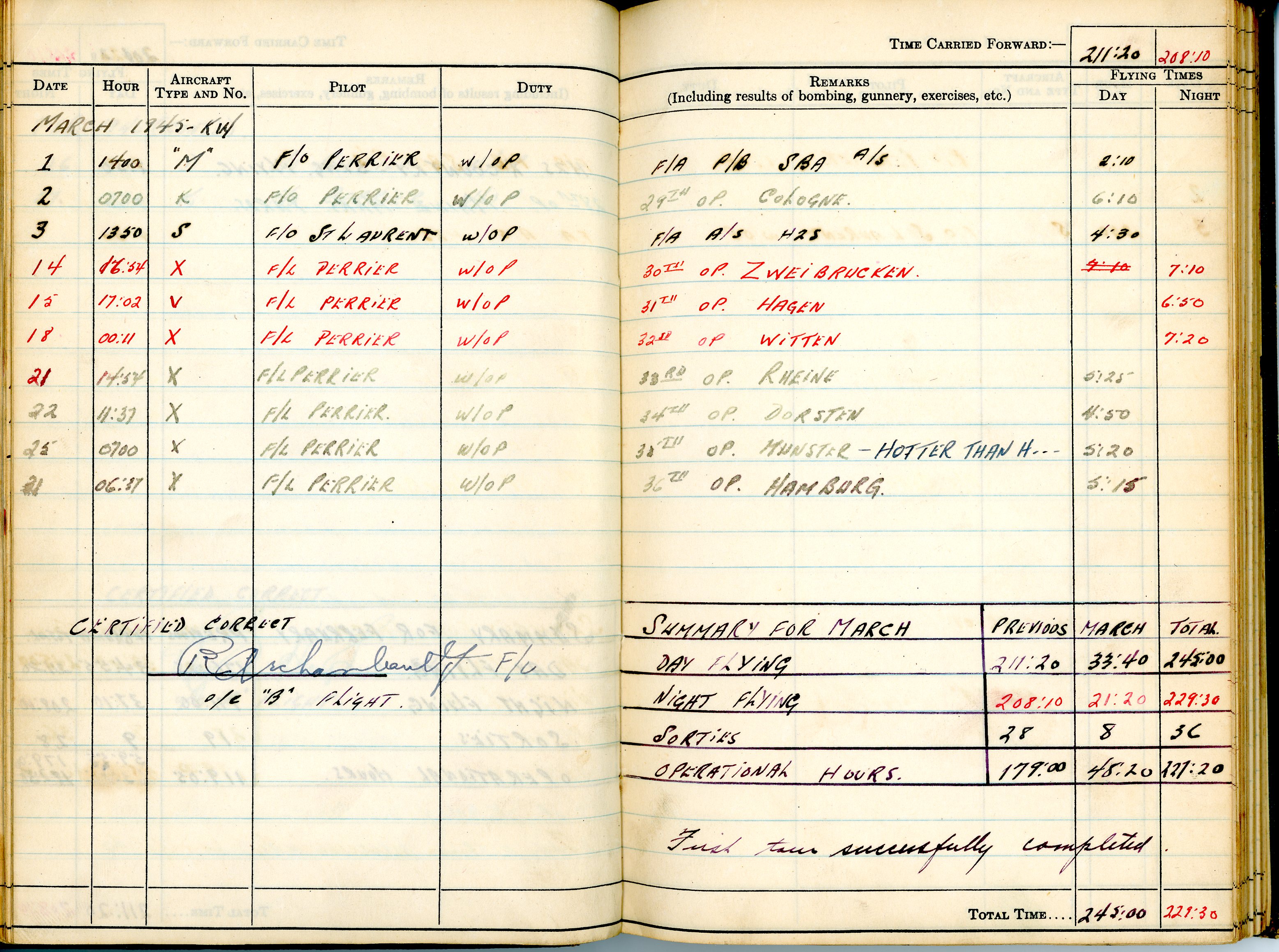C’est grâce à l’inestimable collaboration de Richard Girouard que je pourrai partager toutes les photos de l’album du Group Captain Gabriel Taschereau.
Il y en avait une qui avait piqué ma curiosité de généalogiste amateur dans mes temps libres…
Elle démontrait le sens de l’humour du Group Captain.
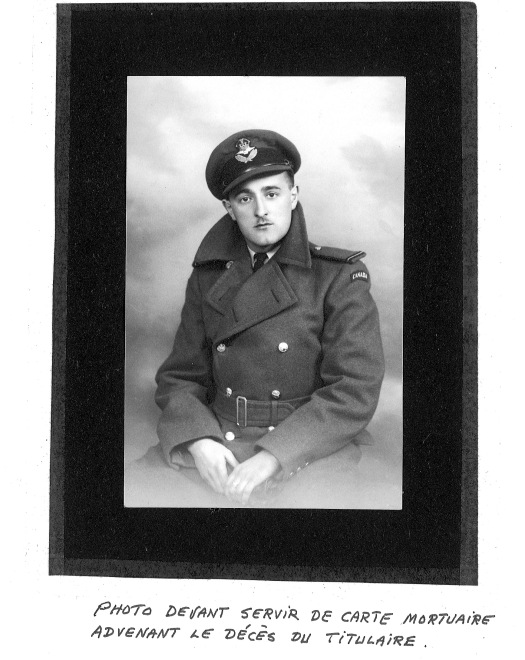
Source
TASCHEREAU Gabriel À l’Hôtel-Dieu de Québec, le 22 juin 1999, est décédé le Group Captain (Colonel d’aviation) Gabriel Taschereau, LVO, DFC, CD, ADC, époux de dame Marielle Gagné. Outre son épouse, il laisse dans le deuil ses quatre enfants, issus d’un précédent mariage avec feu dame Madeleine Brunet: Pauline, Francine, Liliane et Richard. Lui survivent également son frère Pierre (Paulette Belleau), sa soeur Yolande (Gilles B. Girard), de même que ses beaux-frères et belles-soeurs: Thérèse Boivin (feu Claude Taschereau), Denis Lavoie (Lise Gagné), Fernande Savard (feu Claude Gagné), Marc Brunet (Bibiane Lachance), Jacques Brunet (Doris Hill), Lorraine Brunet (Charles E. Garneau), Marjorie Brunet (feu Raymond Sanfaçon), Robert Cloutier (feu Gabrielle Brunet) et Gabrielle Robitaille (feu Paul E. Brunet).
Gabriel Taschereau s’est enrôlé dans le Corps d’aviation royal canadien au début de la guerre de 1939-1945.
Après son entraînement comme pilote et navigateur aérien, il fut affecté à l’escadrille 425 à Dishforth, en Angleterre, d’où il participa à vingt-et-une missions de bombardement au-dessus de l’Allemagne.
En mai 1943, il fut muté en Tunisie avec son escadrille, d’où il prit part à vingt-huit autres missions au-dessus de la Sicile et de l’Italie continentale.
Rapatrié en Angleterre, il servit comme instructeur dans diverses bases d’entraînement opérationnel.
Revenu au Canada avec le grade de Squadron Leader, il suivit le cours de spécialiste en navigation aérienne à Rivers, Manitoba. Versé à la Réserve, il commanda l’escadrille 2452 à Québec, comme Wing Commander. Il fut ensuite nommé conseiller de l’Aviation de Réserve pour la région de Québec, auprès du Chef de l’État-Major de l’Air, et promu au grade de Group Captain.
De 1956 à 1980, il fut attaché aux lieutenants-gouverneurs de la province de Québec, d’abord en qualité de secrétaire général et aide de camp, puis comme chef de cabinet et aide de camp principal.
En semi-retraite depuis 1980, il continua à servir comme conseiller spécial et de camp honoraire. Nommé colonel honoraire de l’escadron tactique d’hélicoptères basé à Valcartier, il fut appelé à prononcer des conférences à diverses bases aériennes à travers le Canada, dont Goose Bay, Gander, Bagotville, Trenton, North Bay, Ottawa, Saint-Hubert, Valcartier, Saint-Jean et Edmonton.
Au cours de sa carrière dans l’aviation, il fut décoré de la Distinguished Flying Cross, et reçut l’insigne officiel (Operational Wing) pour son tour d’opérations aériennes contre l’ennemi. Il fut également créé membre honoraire des Forces aériennes françaises libres. Il fut aussi récipiendaire de l’étoile de la guerre de 1939-1945, de la « Aircrew Europe Star », de l’Étoile France-Allemagne, de l’Étoile d’Italie, de même que des médailles de Défense de Grande-Bretagne, de Bomber Command, d’Enrôlement volontaire et service outre-mer, de la Victoire, du Couronnement de la Reine, du Centenaire de la Confédération, du Jubilé de la Reine et celle de Long-service dans les Forces canadiennes. Il reçut aussi quatre distinctions françaises: la Croix de Chevalier du Mérite Combattant, la Médaille de la Victoire, la Croix du Combattant volontaire allié et la Médaille de bronze de l’École de l’Air de Salon-de-Provence. Il était également Officier de l’Ordre vénérable de Saint-Jean-de-Jérusalem. En 1989, il fut admis, à titre de lieutenant, dans l’Ordre Royal de Victoria, et reçut la décoration appropriée des mains de la Reine au Palais de Buckingham.
À suivre la semaine prochaine…
